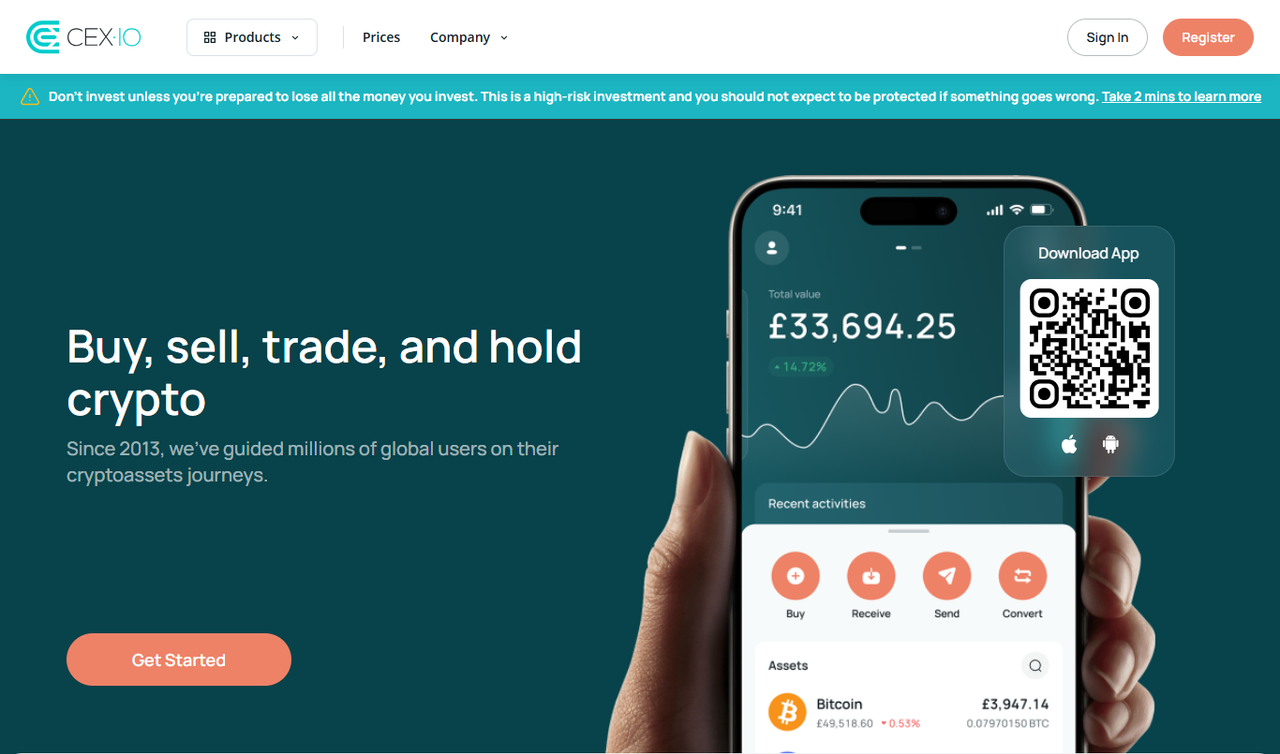
Cex exchange — Your practical guide to trading safely and efficiently
Keyword: Cex exchange
What is a Cex exchange?
A Cex exchange (centralized exchange) is a platform where users can buy, sell, and trade cryptocurrencies through a company-operated service. Unlike decentralized exchanges, a Cex exchange custody assets, manage order books, and provide user interfaces, liquidity, and customer support. Cex exchanges range from large global marketplaces that support dozens or hundreds of tokens to regional services focusing on specific fiat currencies.
How does a Cex exchange work?
At its core, a Cex exchange matches buy and sell orders using order books and market makers. Users deposit fiat or crypto into accounts on the exchange, place market or limit orders, and the exchange settles trades on its internal ledger. Withdrawals move assets from the exchange’s custody to user-controlled wallets. Many Cex exchange platforms provide advanced features like margin trading, derivatives, staking, or savings products — but those features usually increase complexity and risk.
Benefits of using a Cex exchange
- Liquidity: Most Cex exchange platforms offer deep liquidity, which makes buying and selling large amounts easier and with smaller spreads.
- Simple onboarding: Cex exchanges typically provide a smooth user experience: signup, KYC, deposit, and trade in minutes.
- Customer support and services: Centralized platforms often have help centers, dispute resolution, and additional financial services.
- Advanced trading tools: Charting, limit orders, stop-loss, and derivatives are commonly available on many Cex exchange sites.
Risks and tradeoffs
Custody is the main tradeoff. When you keep funds on a Cex exchange, the exchange holds the private keys. This makes custody convenient but introduces counterparty risk: hacks, insolvency, or withdrawal freezes can occur. Fees, KYC requirements, geographic restrictions, and potential conflicts of interest are other considerations when using a Cex exchange.
How to pick the right Cex exchange
Choosing a trustworthy Cex exchange requires evaluating reputation, regulation, security practices, supported assets, fee structure, and liquidity. Look for exchanges with transparent proof-of-reserves, strong insurance policies, multi-signature or cold-storage practices, and a history of compliance. Compare maker/taker fees, deposit and withdrawal costs, and whether the exchange supports the specific fiat pairs and tokens you need.
Security best practices when using a Cex exchange
Use strong, unique passwords and enable two-factor authentication. Keep only the amount you plan to trade on the Cex exchange, and withdraw long-term holdings to hardware or non-custodial wallets. Monitor account activity, whitelist withdrawal addresses, and keep software up to date. For larger positions consider spreading funds across multiple custodial services or using insurance-backed options where available.
Fees, spreads, and hidden costs
A Cex exchange may advertise low trading fees but still earn via spreads, withdrawal charges, or deposit conversion rates. Check the fee schedule carefully: maker vs. taker fees, deposit fees for certain methods, withdrawal minimums, and any conversion fees for fiat-to-crypto or token swaps. Pro traders may benefit from volume discounts or rebate structures, while casual users should prioritize predictable, transparent pricing.
Onboarding: from signup to first trade
Typical onboarding on a Cex exchange follows these steps: create an account, verify email, complete KYC (upload ID, selfie), add a payment method or deposit crypto, explore markets, and place your first trade. Start with a small deposit to test the flow. Familiarize yourself with withdrawal limits and verification tiers to avoid surprises.
Advanced features to consider
If you’re an experienced trader, compare margin/leverage options, futures, staking rewards, lending markets, and API access. Each additional product on a Cex exchange increases complexity and risk — understand liquidation rules and margin requirements before using leverage.
FAQ — Frequently asked questions about Cex exchange
Is a Cex exchange safe?
Safety depends on the exchange’s policies and your personal practices. No platform is risk-free; choose exchanges with strong security track records and follow good custody hygiene.
Should I keep my crypto on a Cex exchange or in a personal wallet?
For active trading, keeping some funds on a Cex exchange is convenient. For long-term holdings, a personal hardware or software wallet where you control the private keys is generally safer.
How much does trading on a Cex exchange cost?
Costs vary. Expect trading fees (maker/taker), deposit/withdrawal fees, and occasional conversion spreads. Read the exchange fee schedule for precise numbers.
Closing thoughts
A Cex exchange is an essential tool for many crypto users thanks to liquidity, usability, and wide asset selection. But centralization brings risks — custody, compliance, and operational exposure. Balance convenience with security: use strong account protections, keep long-term funds in personal wallets, and choose exchanges with transparent practices and a solid reputation. Armed with these basics, you’ll be ready to use any reputable Cex exchange with more confidence and clarity.
Get started on a Cex exchange — learn more